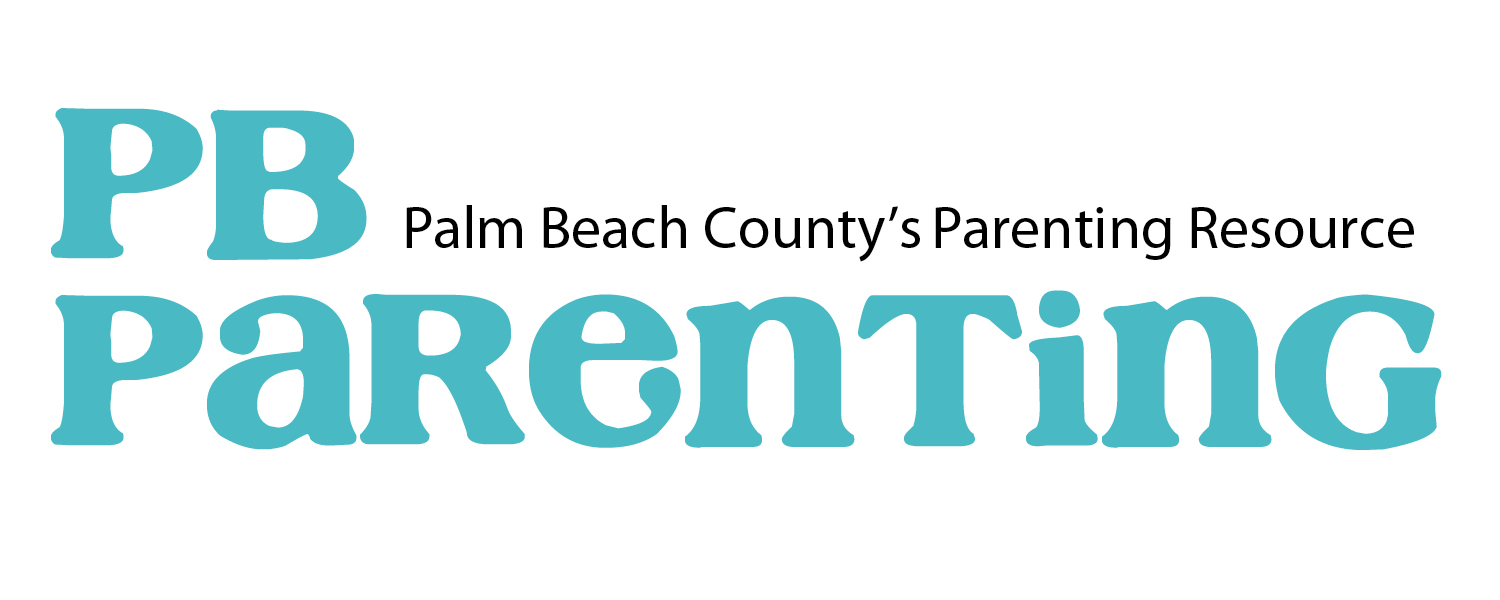Preparing Kids for Hurricanes

Hurricanes can be scary — for grown-ups and kids alike. Kids learn how to respond to situations based on the behaviors and attitudes of those around them.
Here are some tips to help them — and you — be ready during hurricane season.
Talk About Hurricanes
Kids might be confused about what a hurricane is, so use simple age-appropriate descriptions of what to expect if one is coming your way. For a younger child, you might say, “A hurricane is a tropical storm with very strong winds and lots of rain, lightning, and thunder.”
It’s also important to tell kids that grown-ups will do their best to keep them safe.
Try to Remain Calm Yourself
Kids can easily sense the emotions of those around them. When a parent seems overly upset or worried, this can make a child’s own fears or worries worse.
Let Kids Help With Pre-storm Preparations
Keeping them busy can help keep kids’ minds off of their worries. Helping prepare in age-appropriate ways also can increase a child’s sense of control over the situation.
To involve your kids:
Prepare a family disaster emergency kit. Kids can help collect canned goods and get flashlights ready.
Have your kids help bring outdoor items inside.
Discuss your family’s disaster plan together. Will you need to evacuate — and what would that look like? Which grown-ups will do what? This will help kids know what to expect.
During the Storm
Let kids pick a few comfort items, nonelectronic games, and toys in case of power outages.
Try to keep as normal a routine as possible. This can help children feel calm and safe.
Encourage kids to talk about their feelings or thoughts about what’s happening. Some kids might prefer not to talk right away — and that’s OK too. Spend time together and let them know that you’re there when they’re ready.
After the Storm
Monitor media exposure. There can be “too much coverage” leading up to and especially after a hurricane hits. These images might be too much for young eyes and sensitive hearts.
Let children help with clean-up.
Pay attention to signs of stress, including nightmares, regressive behavior/acting younger than their age, and extra clinginess. These are common in children who’ve gone through a traumatic event. If you see any of these signs, talk to your doctor and know that trained counselors can help.
Basic Disaster Supplies Kit
To assemble your kit store items in airtight plastic bags and put your entire disaster supplies kit in one or two easy-to-carry containers such as plastic bins or a duffel bag.
A basic emergency supply kit could include the following recommended items:
• Water (one gallon per person per day for at least three days, for drinking and sanitation)
• Food (min. 3 day supply of shelf stable food)
• Battery-powered or hand crank radio and a NOAA Weather Radio with tone alert
• Flashlight with Extra batteries
• First aid kit
• Whistle (to signal for help)
• Plastic sheeting and duct tape
• Moist towelettes, garbage bags and plastic ties (for personal sanitation)
• Wrench or pliers (to turn off utilities)
• Manual can opener (for food)
• Local maps
• Cell phone with chargers/backup battery
Additional Emergency Supplies
The CDC has recommended people include additional items in their kits to help prevent the spread of coronavirus
Consider adding the following items:
• Cloth face coverings (for ages 2 and above),
• Soap, hand sanitizer, disinfecting wipes to disinfect surfaces
• Prescription medications
• Non-prescription medications such as pain relievers, anti-diarrhea medication, antacids or laxatives
• Infant formula, bottles, diapers and wipes
• Pet food and extra water for your pet
• Cash or traveler’s checks
• Important family document
• Sleeping bag or blanket for each person
• Complete change of clothing appropriate for your climate and sturdy shoes
• Fire extinguisher and matches in a waterproof container
• Mess kits, paper cups, plates, paper towels and plastic utensils
• Paper and pencil
• Books, games, puzzles or other activities
for children
© 1995-2020. The Nemours Foundation/KidsHealth®. Reprinted with permission.


